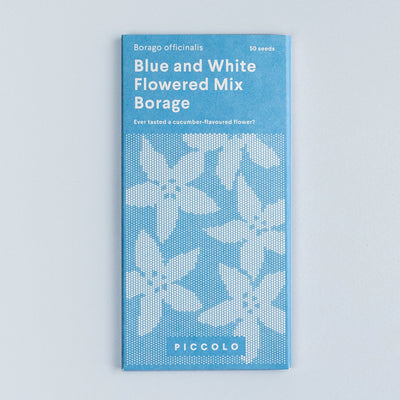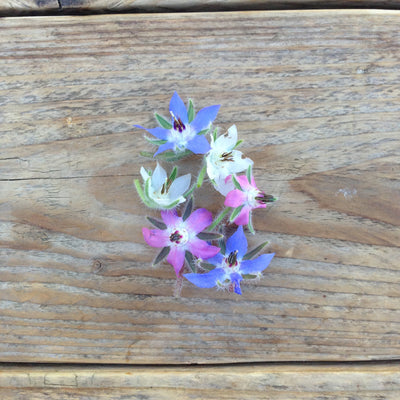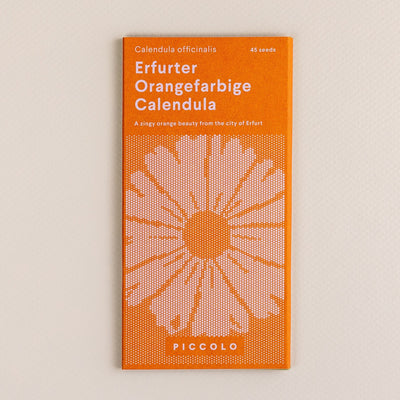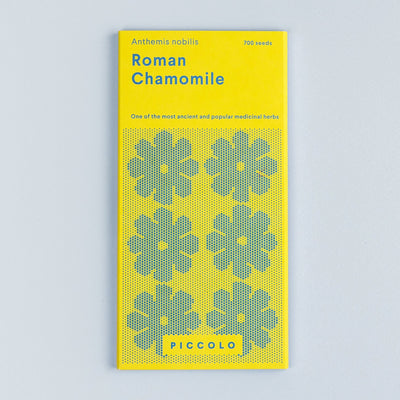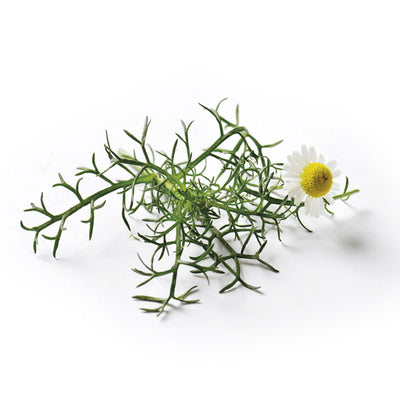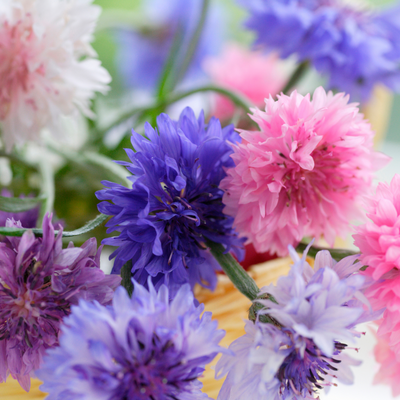Zebrina Mallow



Regular price €3.00
Zebrina is a mallow variety that features bold spikes of lavender round flowers with purple stripes that rise above the foliage from mid-summer to mid-fall. Lovely in gardens, beds or balconies, it’s also valued for culinary and medicinal purposes. Blossoms are used to make tea, wine and vinegar, while young leaves and immature fruits go well in salads. As a medicinal plant it is used to treat many diseases. Last but not least, its breath-taking flowers are among the favourites of butterflies and hummingbirds, who pay their respects to these blooms daily. Few plants offer the long-lasting rewards of this beautiful heirloom Mallow.
Details
Latin name
Malva sylvestris
Seeds
20 seeds
Name
Mallow
Variety
Zebrina
Short description
Few plants offer the long-lasting rewards of this heirloom Hollyhock Mallow, a flower that has graced cottage gardens for many generations!
Plant size
Height 60-90 cm
Width 45-60 cm
Container size
Height 20 cm
Width 20 cm
Companion plant
Lavender, snapdragon, marigold, bee balm, tomato, pepper, melon, eggplant
How to grow
Sowing
Indoor Not required
Outdoor Apr-June
Timing
Germination 15-20 days
Harvesting 30-60 days
Spacing
When sowing 5 cm; Depth 0,5 cm
When thinning 10-15 cm
Growing
Sunligth Full sun to partial shade
Soil Well-drained, light, poor soil
Watering Regular watering, but not overdone.
Feeding No fertiliser or compost necessary
Caring
Mallow will reseed itself throughout the growing season and can become a little invasive. To control it, deadhead the spent blooms before they can go to seed.
Supporting
Pollinators
Attracts bees and butterflies
Pests
No significant pests.
How to eat
Harvesting
Harvest leaves in spring, flowers from late spring and seed pods from early summer. Roots can be harvested from the larger rosettes whenever they are large enough. The seed pods are shaped like a polo mint and are known as 'cheeses'.
Eating
Medicinal properties Due to its high mucilage content, soothes inflammation
How to eat The seeds taste like young hazelnuts and can easily be included in green salads along with the leaves and flowers. Mallow leaves can be substituted for spinach in many dishes, including soups, such as Israeli Khubez.




